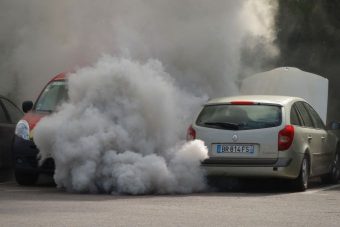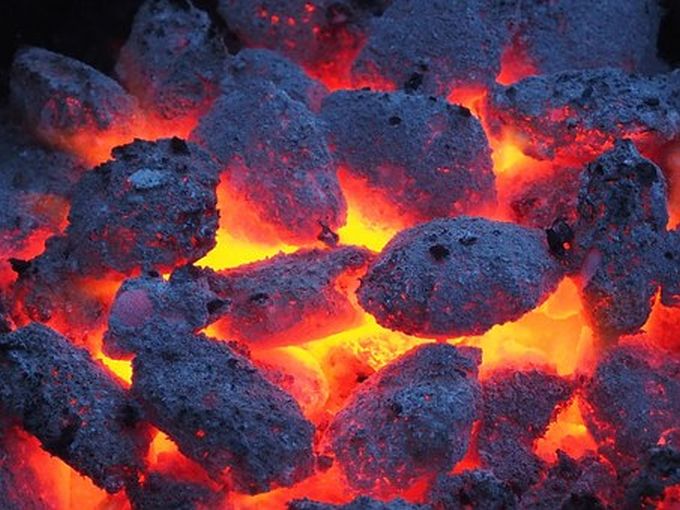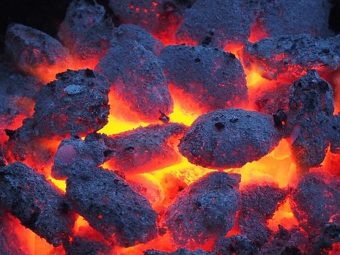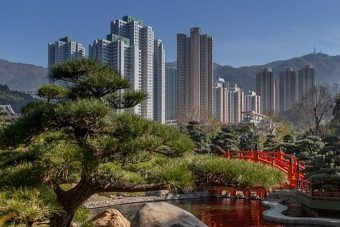
Ever notice how cities can really encapsulate many of the things that make life enjoyable? Green spaces to enjoy the outdoors, access to jobs, affordable housing for all, a well-connected public transportation system, access to healthy food, schools for all children, and so on. Some cities achieve this better than others, but creating a city that works for all of its citizens can be a challenge for governments and communities alike.
Why? Let’s look at some numbers: Up to 1 billion people living in slums in the cities of the world are in need of better services; Cities consume 2/3 of the world’s energy and account for 70% of greenhouse gas emissions; 66 out of 100 people will live in cities by 2050, which tells us the global population is becoming increasingly urban.
Every city is a work in progress in this sense and for organizations like the World Bank, cities offer opportunities to help people raise themselves out of poverty. With so many people concentrated geographically, it’s possible to make improvements that benefit many, and with investments across multiple sectors in cities , governments can really make an impact on the lives of their citizens.
So, with this in mind, we have launched a new social media campaign – the #Loop4Dev Boomerang Challenge – to raise awareness about how cities can be a major driver in ending poverty. We’re challenging all of you creative social media mavens to show us what makes a city inclusive, resilient, livable, and sustainable in a Boomerang!
What’s a Boomerang? It’s a mini video that plays in a loop and is fast becoming a major form of creative expression on Instagram. Participating is easy:
– Install the Boomerang app on your smartphone – press a button and the app does the rest!
– Post your Boomerang on Instagram (don’t forget to make your account public);
– In your caption, tell us how the Boomerang shows a city that works for its people;
– Use the hashtag: #Loop4Dev, and also add the hashtags #ItsPossible, #EndPoverty, #boomerangoftheweek.
So whether you live or work in a city, or even just occasionally travel to cities in and outside your country, you can participate. We’re looking for your best Boomerangs that depict things you see in cities that help improve people’s lives. Things like affordable housing, water and sanitation, accessible buildings and transport, urban agriculture, schools and facilities for refugees, climate and disaster-resilient infrastructure, or any other image that shows how your city, or the city you’re visiting, is transforming into a livable place for all citizens. And remember, Boomerangs are great for showing action, so be creative!
So don’t wait! Get out there and show us what makes a city a great place for its people. With your help, we can raise awareness of the goal to end extreme poverty by 2030, and how cities can be a major driver in achieving that.
Interested in helping us achieve the goal of ending poverty by 2030? Join the Movement to #EndPoverty and stay informed of ways you can get involved, like this challenge.
What makes a city inclusive and resilient? Show it in our #Loop4Dev @Instagram #Boomerang challenge https://t.co/gVXfOhgMfe pic.twitter.com/7KTAmd06zb
— World Bank (@WorldBank) May 24, 2017
Source: blogs.worldbank.org


































